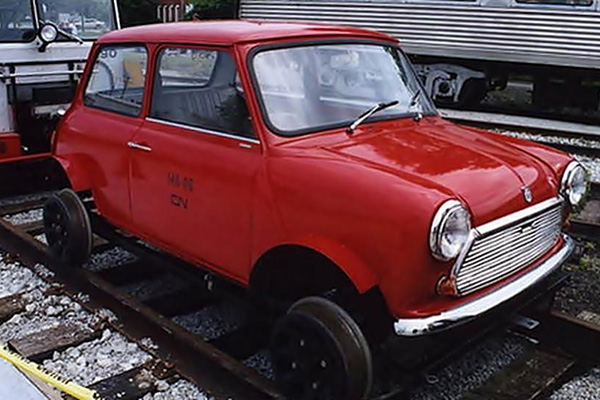Council to Railroad Cars Into Cycle Lanes
The DCC’s hearings subcommittee received 64 submissions from individuals and organisations before it produced the draft transport strategy, which outlines the Council’s plans for transport infrastructure and rules for the next 30 years. The strategy outlines seven key objectives:
1. An affordable, responsive, effective and safe road network.
2. Affordable and convenient public transport.
3. Good connections for business and freight, including excellent connections to key gateways.
4. Sustainable transport choices and a reduced dependence on oil for transport.
5. Efficient movement of vehicles and freight.
6. Urban form and design that creates high levels of accessibility to key destinations.
7. A safe and pleasant place to walk and cycle.
The Otago Chamber of Commerce CEO John Christie said that the Chamber consulted a number of “wise heads” before deciding that the draft strategy failed to emphasise the need for an uninterrupted freight link to the port. The current strategy allows for the possibility of a heavy traffic bypass on the east of the city.
Alexis Belton, co-founder of the Feet Street group, which submitted in favour of pedestrianising downtown areas, claimed that “pedestrianisation myths” were “empirically unfounded,” and offered Auckland’s Vulcan Lane as a successful example that Dunedin should follow. His group believed that increases in foot traffic would offset any difficulties resulting from the changes, which would “produce a more pleasant urban space.” Belton claimed that the owners of Mac’s Brew Bar were one of several businesses who supported the idea.
Christie said the Chamber’s members were alarmed by suggestions that the Octagon and parts of George Street could be pedestrianised, as this would likely make stocking and servicing businesses harder for downtown retailers. He said inner-city businesspeople also worried that pedestrianisation would discourage shoppers from coming to the inner city.
The strategy’s “Focus on Freight” section claims that the “Your City, Our Future” survey carried out by the Council in 2011 suggested that Dunedinites wanted “improved rail services in Dunedin and more use of rail for freight movement.”
In fact, a summary report of the survey (which involved some 4,000 citizens) released at the time stated that “advocating for better connections in and out of the city (e.g. flights into the city, rail transport, state highways)” received a mean public rating of 3.62/5, compared to a mean of 3.33/5 for “improving cycling facilities.”
Christie said that while the Chamber is supportive of cycleways in principle, cycleways can endanger both cyclists and motorists if poorly designed. The Chamber also believes that the draft strategy “had a heavy leaning towards more cycleways, issues around sustainability, and yet the base documentation wasn’t there to support those.”
Christie was concerned that the strategy “makes assumptions that can’t be validated by the facts.” He believed that the document’s assumption that “fuel prices will continue to increase” ignores the growing efficiency of vehicles.
Dr. Herbert Harris, one of several transport consultants and traffic engineers commissioned by the Chamber to write a submission, was more damning. He called the strategy “akin to a reading study” that “even in this role … is inadequate.” Harris recommended the strategy be rewritten by a joint working party consisting of the DCC and the Chamber of Commerce.
While Christie said the Chamber is generally pleased with Cull’s performance as Mayor, His Worship used Facebook to express his displeasure, fuming that “our local Chamber of Commerce … seems stuck in a smoke stack industry time warp.”
The Transport Strategy will go to a full council vote on 23 September, the last time the council meets before local body elections on 12 October.




